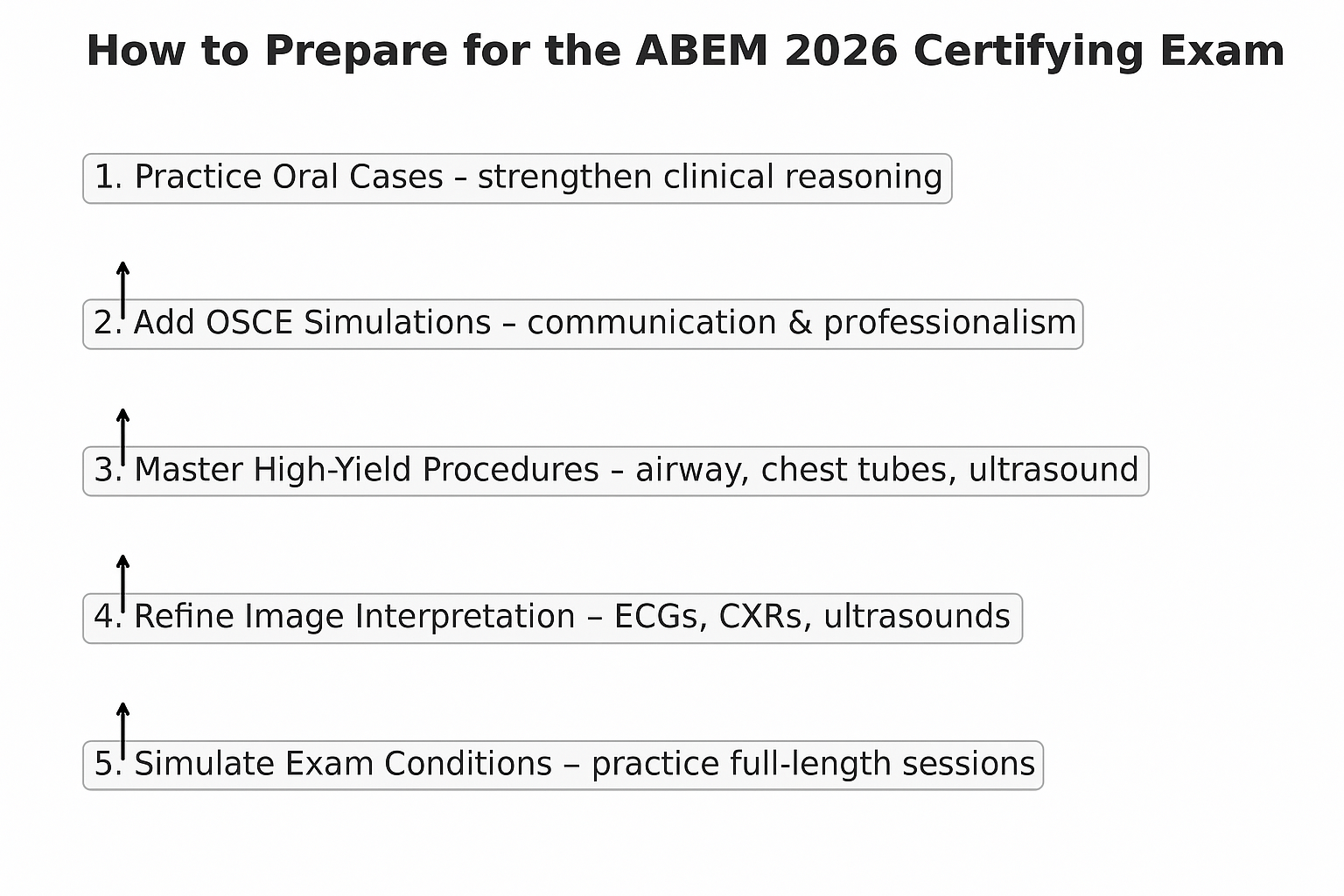Challenger Feature - AI Content Enhancement - Case Study Analysis
Challenger has made 15 types of AI enhancements to our content base, the list is detailed in AI Enhancements in Medical Education: New Features from Med-Challenger.
As medical education continues to evolve, artificial intelligence is playing an increasingly pivotal role. Challenger Corporation believes that we need to embrace these changes wholeheartedly. Large Language Models (LLM) like we use have only been out for a year, yet are already making remarkable changes to learning experiences, offering more dynamic and interactive learning content than has ever been possible.
The AI Disclaimer: Here’s where we add our big disclaimer about AI in medicine. What you are seeing is not really artificial intelligence, it’s just a very, very sophisticated search and summarization engine. We think it’s pretty awesome. The library we use talks in 21 languages, both written and spoken, and does an awesome job on information about diseases and conditions. But the material is only as good as the underlying data, and neither the data nor the algorithm is perfect. Be aware that it can make mistakes.
Of the many enhancements we are placing into course content, the Case Study analysis feature stands out for its ability to create rich and engaging scenarios that reflect real-world medical cases. This feature provides an AI-generated case study of a textbook case scenario, walking through the presentation, differential diagnosis and findings.

Sample AI Case Study Analysis:
Case Study Analysis: Acute Appendicitis
Patient Presentation:
- Age and Gender: 18-year-old male.
- Chief Complaint: Sudden onset of abdominal pain for 24 hours.
- History of Present Illness: The pain initially started around the navel and has since shifted to the lower right abdomen. The pain intensifies with movement.
- Other Symptoms: Nausea and loss of appetite. No vomiting, fever, or changes in bowel habits reported.
- Past Medical History: No significant past medical or surgical history.
- Family History: Non-contributory.
- Social History: Non-smoker, occasional alcohol use, no drug use.
Physical Examination:
- Vital Signs: Slightly elevated temperature (37.8°C), heart rate and blood pressure within normal limits.
- Abdominal Examination: Tenderness noted in the right lower quadrant with rebound tenderness. No guarding or rigidity. No palpable masses.
Differential Diagnosis:
- Acute Appendicitis: The location and progression of pain are highly suggestive.
- Gastroenteritis: Possible, but less likely given the localized pain and absence of diarrhea.
- Urinary Tract Infection: Could present with lower abdominal pain, but usually accompanied by urinary symptoms.
- Meckel’s Diverticulitis: A less common possibility but should be considered in young patients.
- Irritable Bowel Syndrome (IBS): Typically presents with a longer history of abdominal pain and bowel habit changes.
Investigations:
- Laboratory Tests: Elevated white blood cell count. Urinalysis normal.
- Imaging: Abdominal ultrasound shows a swollen appendix with increased echogenicity surrounding the fat, consistent with appendicitis. No evidence of urinary calculi or other abdominal pathology.
Diagnosis:
- Primary Diagnosis: Acute Appendicitis.
- Rationale: Classic presentation of pain starting around the navel and migrating to the right lower quadrant, combined with physical exam findings and ultrasound results, strongly indicates acute appendicitis.
Management Plan:
- Immediate: Admission to the surgical unit. Start IV fluids and administer IV antibiotics.
- Surgical Intervention: Laparoscopic appendectomy planned.
- Postoperative Care: Pain management, gradual return to diet as tolerated, and monitor for signs of infection or complications.
- Follow-Up: Postoperative visit in 1-2 weeks or earlier if complications arise.
Discussion:
This case illustrates a typical presentation of acute appendicitis in a young adult. The migration of pain from the periumbilical area to the right lower quadrant, along with supportive findings on physical examination and ultrasound, are key to diagnosis. The absence of urinary symptoms and the normal urinalysis make a urinary tract infection unlikely. The acute nature of the presentation and the specific location of pain help differentiate this case from IBS and gastroenteritis. This case emphasizes the importance of a thorough clinical assessment and appropriate use of imaging in confirming the diagnosis of acute appendicitis.
Case studies that you see in the content will typically be simple textbook presentations, with no complications or comorbidities. The idea with this simple presentation is just to walk the learner through a standard presentation. The design is to simulate a real-life situation, better preparing learners for medical practice.
The AI does well with building more complex cases, and we’re experimenting with embedding more complex cases, with complications and comorbidities into many of the presentations. For now, this requires significantly closer clinician oversight of the output.
As we continue to explore the possibilities of AI in medical education, we're not just pioneering new tools — we're on this journey together with you, our users. Your experiences, feedback, and needs drive our innovation. It's a collaborative path we're excited to walk alongside you, constantly seeking ways to make learning more effective, engaging, and in tune with the realities of medical practice. We're learning and growing every day, and we can't wait to see where this adventure takes us all next.
Let’s Keep Learning Together!
Excited about these new learning tools? We sure are, and we’d love to keep you in the loop. Why not join our newsletter? It’s not just about updates; it’s a lively exchange of ideas, stories, and sneak peeks into what we're cooking up next. Plus, you’ll be part of a community that’s all about shaping the future of medical education. So, how about it? Let’s embark on this journey together.
And hey, if you're part of a school or program and these AI enhancements have sparked your interest, let's chat about it! We're all ears and ready to tailor our programs to fit what you need. Drop us a line, and let’s explore how we can make learning more engaging and effective for your students.
Together, we're not just learning – we're building something truly remarkable. Stay connected, share your thoughts, and let’s keep pushing the boundaries of what's possible in medical education.



.png)
.png)